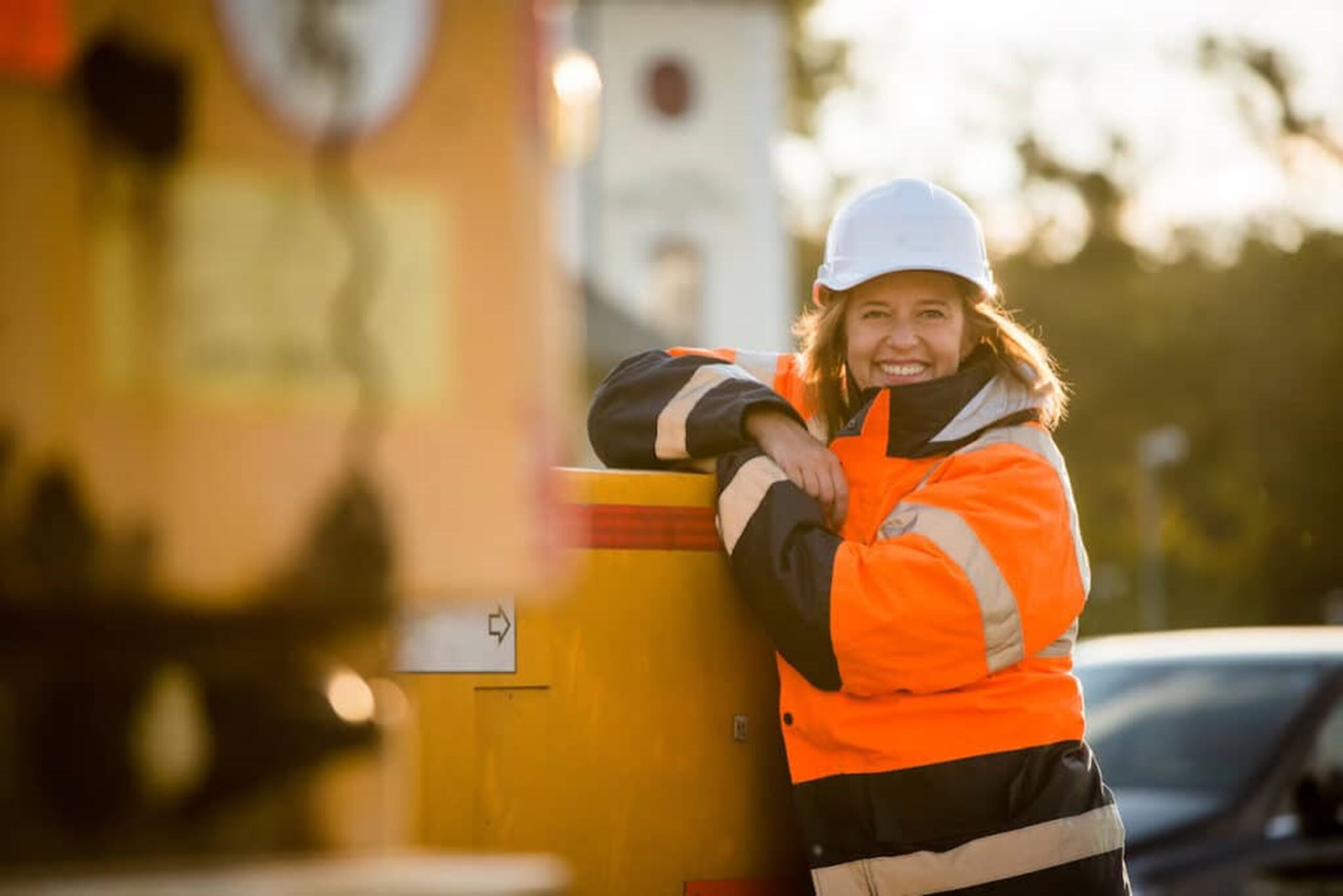In the wake of International Women’s Day, NAWIC plans to shore up the construction industry’s leaky pipeline and double female participation over the coming year.
That’s a big call, with participation currently at around 12% and the aim being 25% by 2025. “While this goal may pose challenges, we are committed to continuing the conversation, breaking down barriers and transforming the construction culture to create a safe and equitable place for women,” the National Association of Women in Construction (NAWIC) stated last week.
And to tackle the construction industry’s “leaky pipeline” NAWIC has recognised the urgency of this issue and is taking a proactive approach to redefining opportunities for women in the sector and “confront and overcome this obstacle”. The key strategies include developing and implementing initiatives to increase awareness for high school students of career opportunities in construction; establish safe learning environment and advocate for diversity in educational materials for apprentices and university students; and promote the creation of safe workplaces for women.
Workplace initiatives involve affordable childcare for all parents and solutions that align with onsite work hours; fair and equitable pay; equal opportunities for advancement, career pathways and upskilling strategies for women; and implementing the 12 recommendations in the 2022 Breaking down the barriers for apprentices report; and establishing a national gender equality strategy.
NAWIC also wants to develop quotas and initiatives to increase female teacher numbers at TAFE and in universities; introduce workplace mentoring and buddy systems, ensure onsite amenities cater to the needs of female employees; see the implementation of the Culture Standard outlined by the CICT; and pursue Employer of Choice for Gender Equality (EOCGE) citation from the WGEA.
Other aims include workplace flexibility and the encouragement of job sharing, part-time and work-from-home options; portable parental and long service leave; elimination of the pay gap for women in equivalent positions as men; introduce Male Allies education programs; organisation-wide diversity and inclusion training; establishment of a menopause policy; executive and board quotas; and above all, celebrate and promote the success stories of women in construction.
Read further information on CIA’s Women in Concrete activities.


